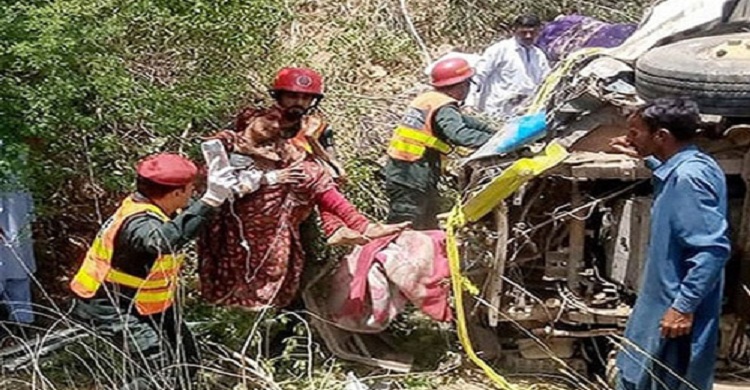
- International
The US Exit: The view from Afghanistan
- International
- 17 April, 2021 21:38:19
News Desk: With Biden’s announced timeline for full U.S. withdrawal, there’s a looming question of failed promises in Afghanistan.
“Insanity is doing the same thing over and over again and expecting different results.” This quote, often attributed to Albert Einstein, rings true in Afghanistan’s case, as the international community has repeatedly utilized the same tools to resolve conflict when the picture is far too complex for simple solutions.
As the events in Afghanistan unfolded since the peace talks enthusiastically began in September 2020, it was clear from the discussions that the Taliban wanted to form a government based on their extreme interpretation of a religious ideology. Amid recurring setbacks and seemingly insurmountable barriers at the Doha peace talks, U.S. President Joe Biden announced his decision to complete the unconditional withdrawal of U.S. troops from Afghanistan by September 11, 2021.
Following this, Taliban reiterated its desire to form the Islamic Emirate of Afghanistan, showing no flexibility to bring peace in Afghanistan.
A Taliban spokesman, Muhammad Naeem, tweeted on April 13, “Until all foreign forces completely withdraw from our homeland, the Islamic Emirate will not participate in any conference that shall make decisions about Afghanistan.”
Additionally, Zabihullah, another Taliban spokesperson, asserted on Twitter on April 14, “If the agreement is breached and foreign forces fail to exit our country on the specified date, problems will certainly be compounded and those who failed to comply with the agreement will be held liable.”
The Taliban have declared on their website that since “the withdrawal of forces is being delayed by several months, […] the American side will be held responsible for all future consequences, and not the Islamic Emirate.”
Whether or not the Istanbul conference will go ahead is now hanging by a thread.In Afghanistan, the “Protection of Civilians in Armed Conflict” annual report published by the Office of the U.N. High Commissioner for Human Rights (OHCHR) and the U.N. Assistance Mission in the country reported 8,820 civilian casualties with 3,035 deaths in 2020. While that represents a 15 percent decrease in civilian causalities in comparison to 2019, a disturbing trend of targeted killings surged forward even as the peace talks between the United States and Taliban were initiated.
In the last three months, 560 pro-government forces and 163 civilians have been killed in Afghanistan. This is not a complete analysis, as actual figures of those killed are often not fully revealed by the government officials. Furthermore, the killings are complicated by the quagmire of internal politics, as many Afghans believe state forces are also engaged in arbitrary killings of civilians.
Experts say the Taliban is stronger now than at any point since 2001. With up to 85,000 full-time fighters, it controls one-fifth of the country and continues to launch attacks. The Taliban is currently present in all 34 provinces of the country. The Islamic fundamentalist group has maintained its insurgency against the U.S. invasion of Afghanistan.
Even though the deal between the United States and the Taliban included a clear clause on a ceasefire, visualized as a mandatory item on the agenda of intra-Afghan talks and an essential part of the agreement, the violence in Afghanistan has continued. Recently, some of the deadliest attacks in recent years have gripped Afghanistan’s capital city Kabul, such as a brutal attack on a maternity ward in Kabul that killed 24 people, including 16 mothers, and injured 20 people and newborn babies. Similarly, an attack on Kabul University was launched in November, killing at least 22 people and wounding another 27. Fearful of these brutal attacks, Afghans have been left traumatized.
The Taliban have officially denied any responsibility for the now-common targeted attacks in which pressure-plate improvised explosive devices (IEDs) are attached to the vehicles of civil society members and government officials. However, government officials and experts believe Taliban proxies are doing their dirty work to undermine the government’s capacity and generate a public fear so that government concedes at the peace talks. The U.S.-Taliban peace deal created a dilemma, and Biden’s announcement that the United State will not meet the May 1 deadline for full withdrawal has again increased the likelihood that violence will continue unabated.
Within the current political arrangement, government officials are divided over what the cost of offering peace to Taliban could be. There is a general fatigue about the culture of violence and a consensus for peace exists, but the question remains for the government officials: What price we are willing to pay for this peace, and what lives are we prepared to sacrifice? Increasingly, many government officials believe that under any peace deal with the Taliban, the country will inevitably become more authoritarian, and much of the progress made for women’s rights and minority rights would be sacrificed. More so, the officials are concerned about preservation and protection of the development gains that country has made in the last 20 years, especially since Taliban are openly suggesting that they will enact Shariah, or Islamic law, in the country when in power.
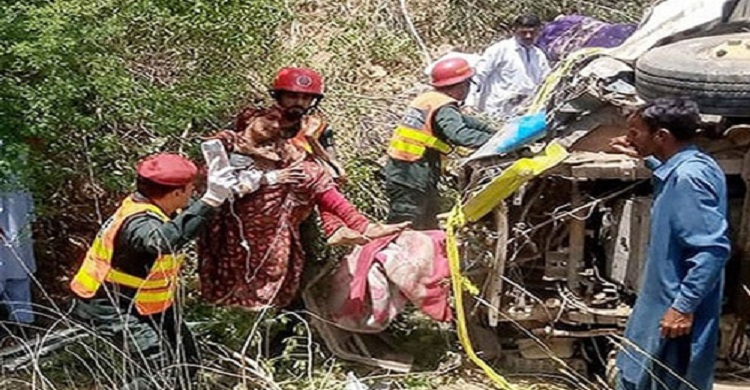


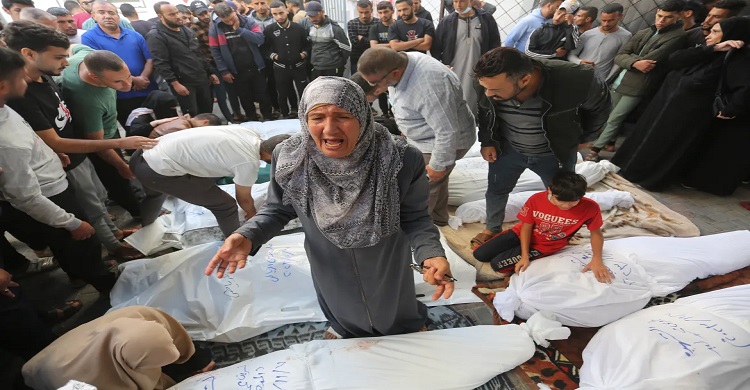
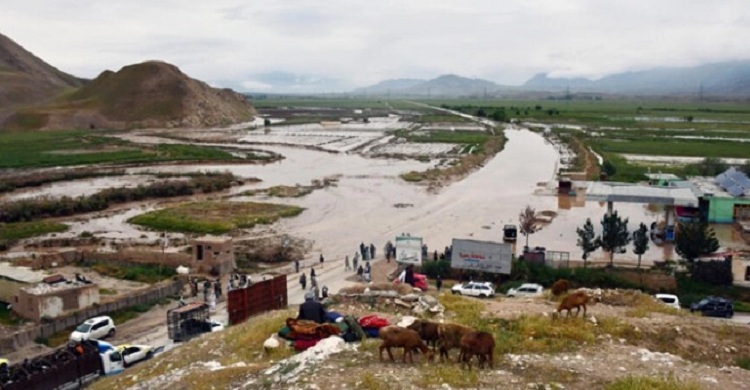

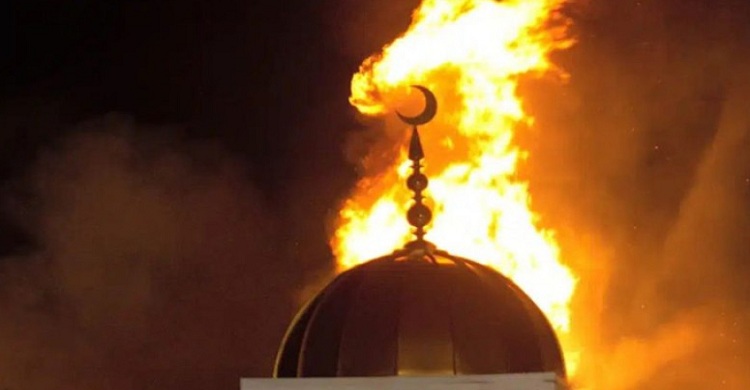


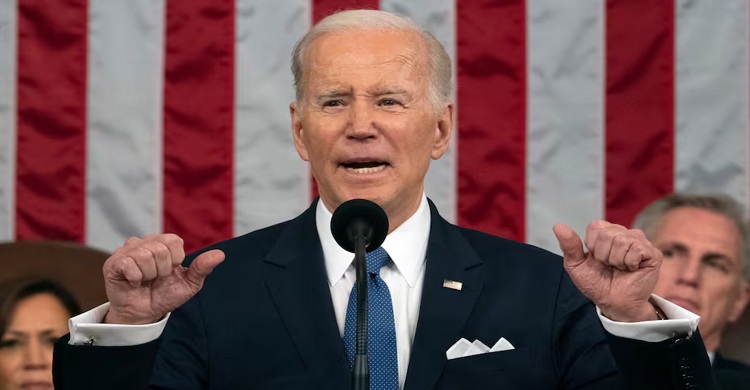
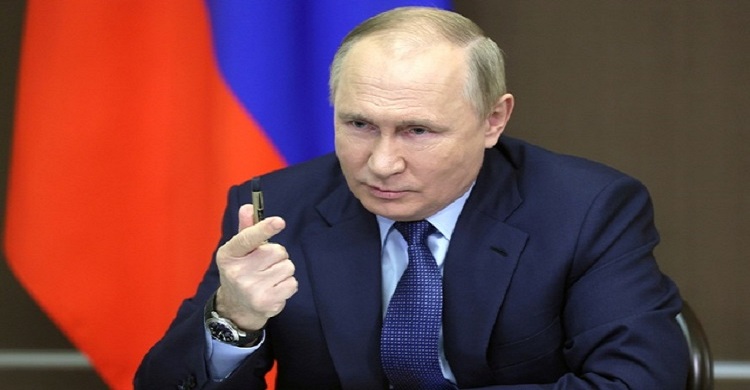
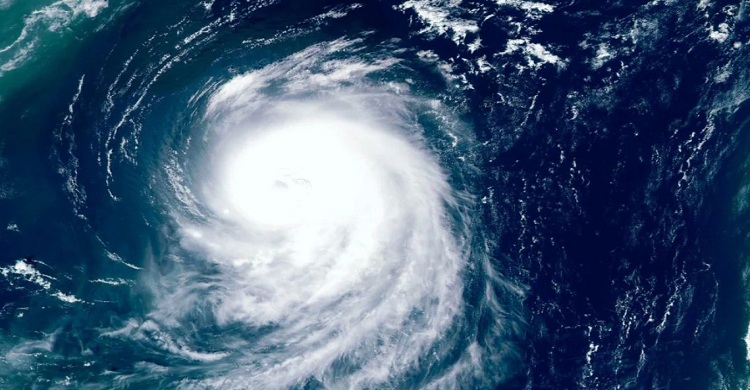



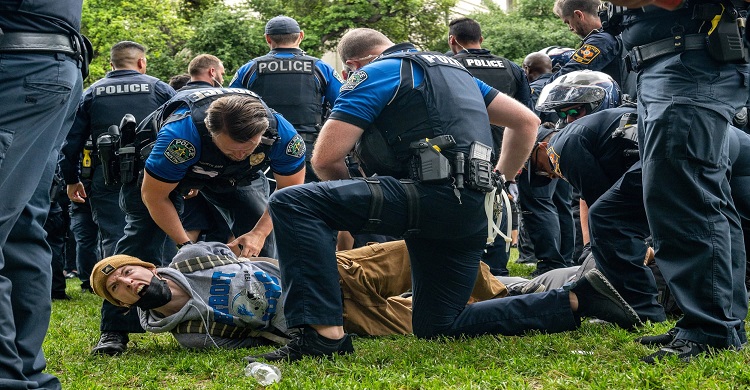
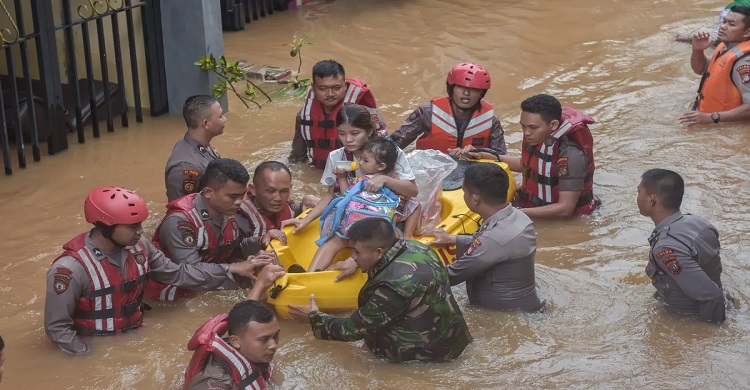
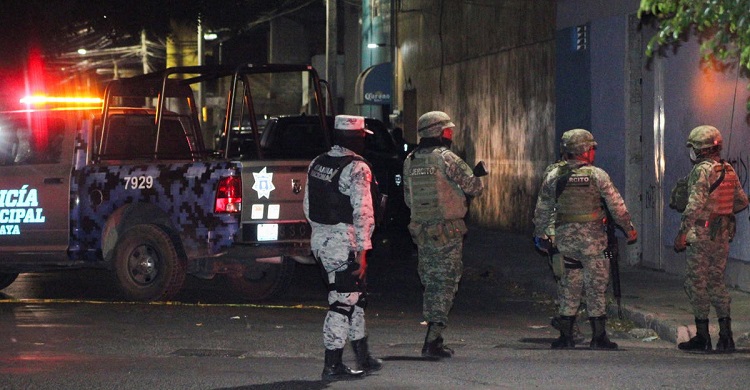










Comment ( 0)